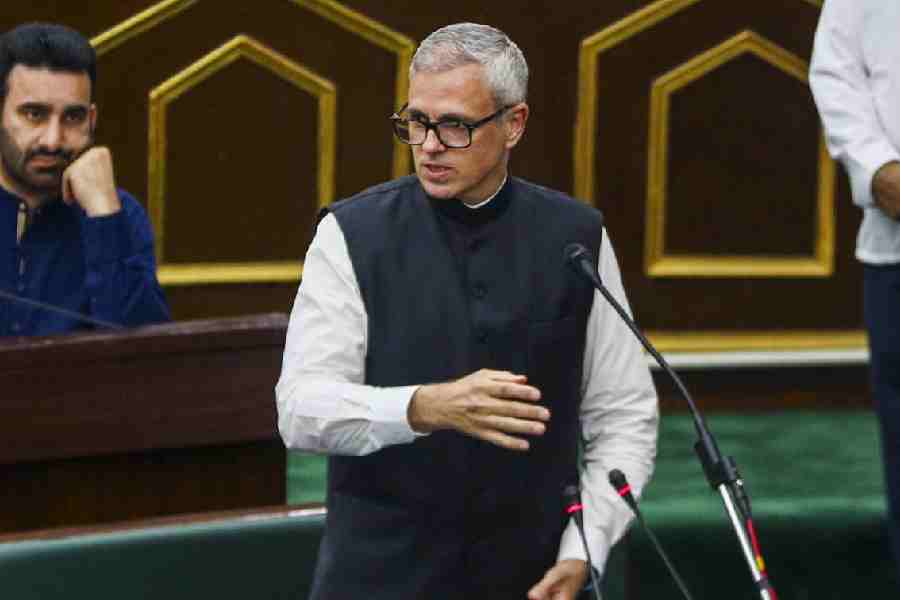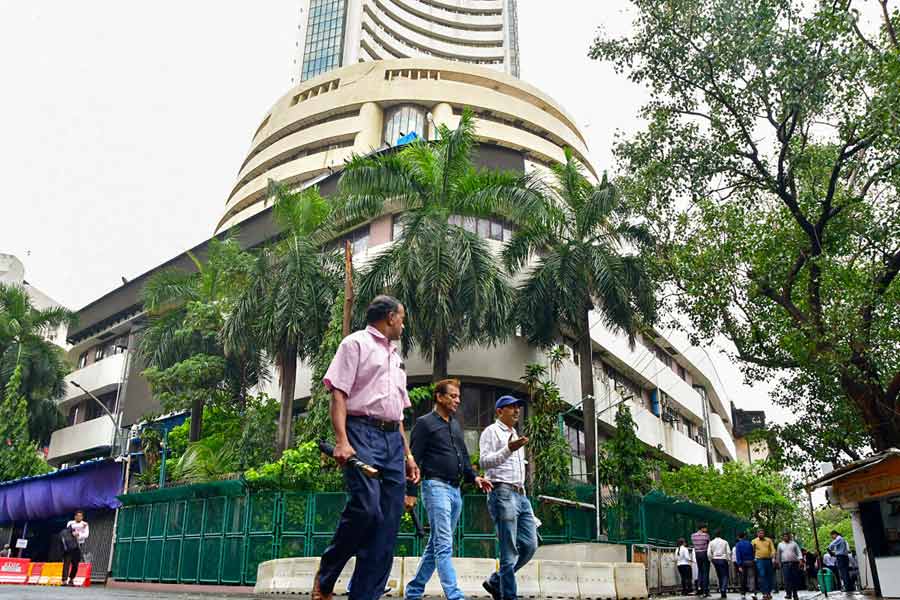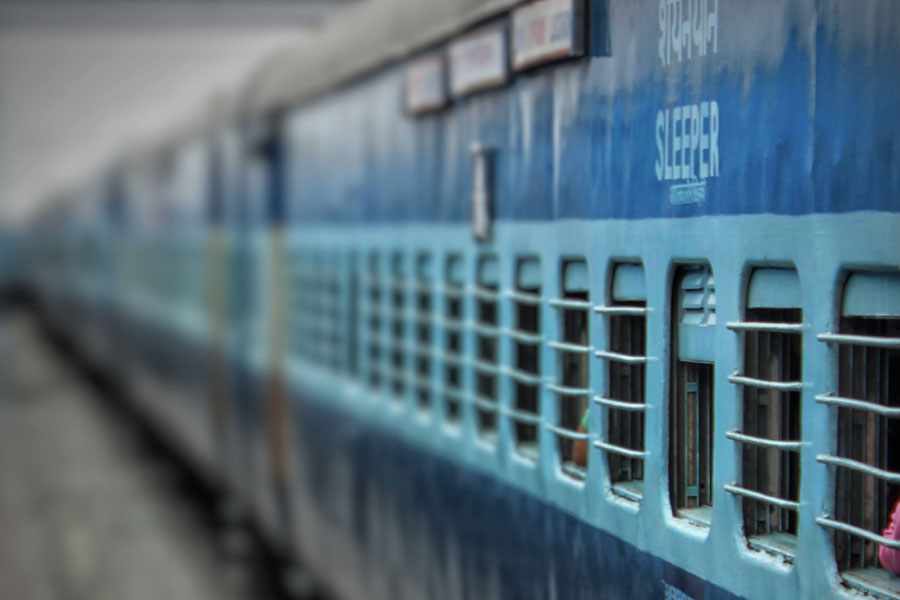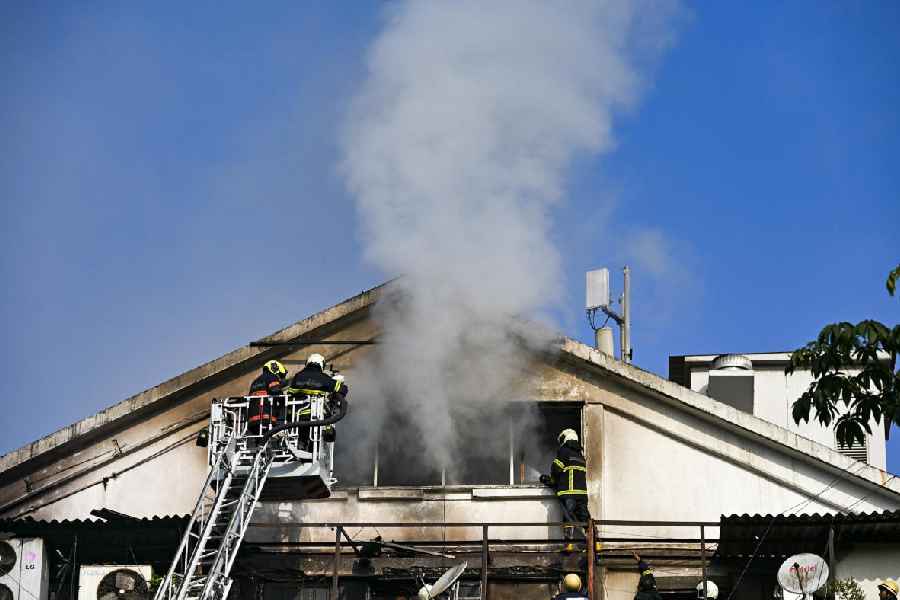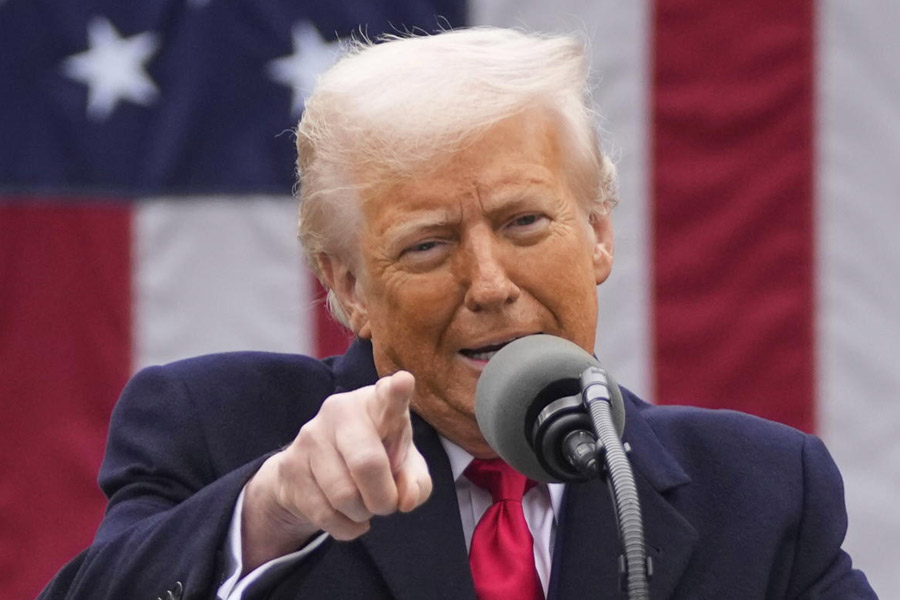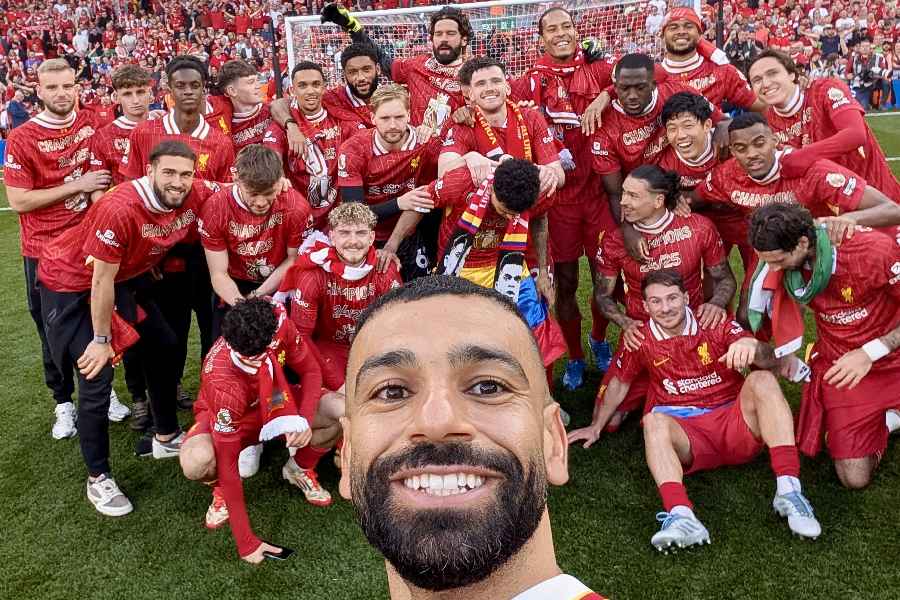 |
| Discordant note: Pinarayi Vijayan (right) and V.S. Achuthanandan |
Onchiyam used to hold its head high. The tiny village in Kerala’s Kozhikode district was proud of its history. It was here on April 30, 1948, that some young local Communists — fighting oppressive landlords — were gunned down by the police. The 10 men who died are immortalised by a memorial erected at the centre of the village.
Not far from the memorial, a rebel Communist leader was brutally murdered on May 4 this year. T.P. Chandrasekharan, who left the Communist Party of India (Marxist) — the CPI(M) — in 2008 to form the Revolutionary Marxist Party (RMP), was hacked to death when he was returning home from a wedding celebration.
There was a time Onchiyam was held up by the Marxists as their stronghold. But the village, which was among the first to embrace Communism in Kerala, had become an RMP base. For the last four years, CPI(M) leaders watched apprehensively from the wings as the fledgling party took root in what was once their citadel.
Onchiyam is a symbol of all that besets the CPI(M) in Kerala today. It brings to the fore the fierce factional feud between state party chief Pinarayi Vijayan and former chief minister V.S. Achuthanandan, which has been carrying on for more than a decade. And it has once again sparked rumours about violence perpetrated by the CPI(M). Though the party has said it has nothing to do with the murder, the whispers refuse to die down.
The murder — and the fact that Vijayan had described Chandrasekharan as a “traitor” — angered a large number of CPI(M) activists across the state. Many weren’t prepared to believe that their party didn’t have a role in the crime. Thousands openly revolted against the state leadership by attending condolence meetings in different parts of the state, encouraged by Achuthanandan, who called Chandrasekharan a “brave Communist” and visited his house at Onchiyam.
The antagonism against the party leadership took such a turn that some feared the CPI(M) would split. But the leadership, by looking the other way as party members paid homage to Chandrasekharan, managed to control the frenzy.
It also helped when the former chief minister asserted that Vijayan’s views were not the party’s. Achuthanandan also shot off a letter to party general secretary Prakash Karat on the issue, the contents of which are still not known.
Despite several efforts to elicit reactions from the CPI(M) state leadership, there was no response. Former Kerala finance minister and senior CPI(M) leader Thomas Isaac refused to comment, citing a party diktat from the central leadership that no public statement be issued by the state leaders.
 |
| T.P. Chandrasekharan |
The latest showdown between the two leaders comes less than a month after the 20th CPI(M) party congress, held in Kozhikode in April, where Achuthanandan was denied re-entry into the politburo. In 2007, he and Vijayan were suspended from the party politburo for breaching party discipline.
With the battle between the two showing no signs of abating, the party high command tried to stop Achuthanandan from contesting Assembly elections in 2006 and 2011. But pressure from the former chief minister’s supporters — a sizeable section in the 3,70,000-strong state party — forced the leaders to go with Achuthanandan. Vijayan reacted by removing Achuthanandan loyalists from state party hierarchies.
As the factional feud continues, political observers say the party — which once stood for the downtrodden — is now on the verge of degeneration.
“It’s perhaps the worst phase for the CPI(M) after the late 1960s when Naxalites rebelled and left the party. Today, a good many people — both rank and file and fellow travellers — have become inactive because of the indefensible actions of the party,” stresses K.T. Rammohan, director, School of Social Sciences, Mahatma Gandhi University, Kottayam.
Though it is not still clear whether the CPI(M) had a role in the murder of Chandrasekharan, its efforts to show that its hands are clean have been stymied by yet another controversy. M.M. Mani, secretary of the hilly Idukki district, boasted that the party had no qualms in admitting it was involved in political killings.
To buttress his point, Mani, while addressing workers from his district, said the party had bumped off some of its opponents in the 1980s. The ruling United Democratic Front (UDF) immediately reopened some of the unsolved murder cases of the 1980s from Idukki.
Observers believe that this plain speaking by Mani — known to be close to Vijayan — is a cunning move by the official faction to tar the image of Achuthanandan. The statement, they say, may help Vijayan and his group in two ways. It may divert attention, albeit temporarily, from the Chandrasekharan case. And it will also show up Achuthanandan in a poor light. The former chief minister was the CPI(M) state secretary when some of the killings took place.
The party’s central leadership has since censured Mani, but the damage has been done. The arc lights are on the party, and questions are being asked about the direction the CPI(M) has been taking over the years.
Since the turn of the century, the party has been accruing wealth. Apart from owning a television network, some CPI(M)-controlled co-operatives have set up ventures that can vie with any capitalist enterprise. In north Malabar, for instance, it set up the Vismaya Amusement Park — on the lines of Disneyland.
“As an economic entity, the party has undergone corporatisation. This is marked by the shift from beedi rolling and handloom weaving co-operatives to multi-speciality hospitals, rubber works, IT parks, resorts, amusement parks, and TV channels,” says Rammohan. “In many parts of northern Malabar, the party is the biggest provider of employment. If you are sufficiently close to the leadership, you or your children could be employed in any of these.”
On the other hand, Rammohan points out, there has been no significant industrial development leading to the expansion of the working class. “But the varied lumpen routes to accumulation have prompted new classes — contractors, moneylenders, sand-miners and so on — to join the party.”
Party watchers are concerned about the growth of violence. They point out that till the early 1980s, its violence was directed against the police or countered state oppression. From the late Eighties, however, party workers have been involved in a spate of killings, especially in areas north of Vadakara in Kozhikode district and in Kannur.
“There is a corruption in morality in the Communist movement. To do anything and everything to hold on to power really lets the party down and also the people who believed in it,” says Vineeta Menon, professor of socio-cultural anthropology at Kannur University.
The Chandrasekharan murder falls into this pattern. It stands out because he posed a serious political threat to his former party by trying to string together a viable Left alternative.
“If he had joined hands with the UDF, perhaps he would not have been targeted like this,” says T.L. Santhosh, leader of a rebel Communist group in Thalikulam village of Thrissur district — which broke away from the CPI (M) several years earlier.
Chandrasekharan thought he’d rise from the rubble of his old party. When he was alive, he took on the might of the party. With his death, he has highlighted the rot within.


